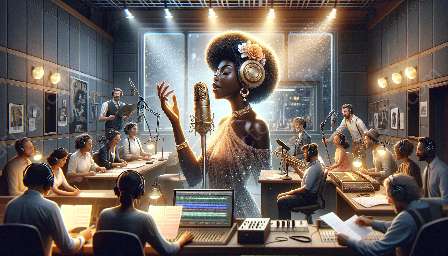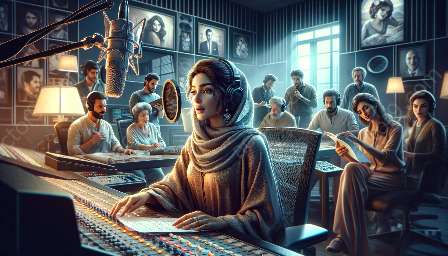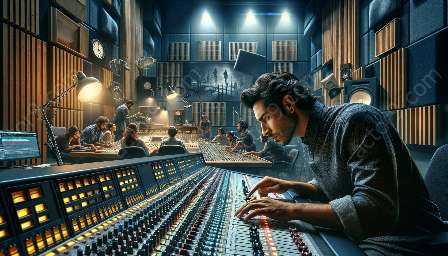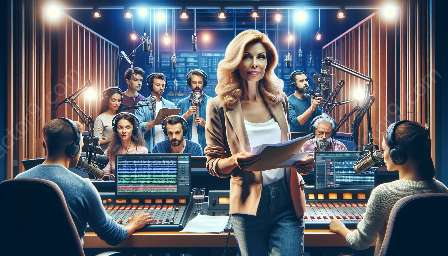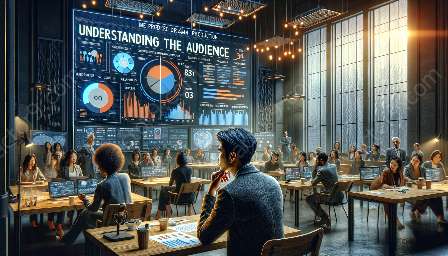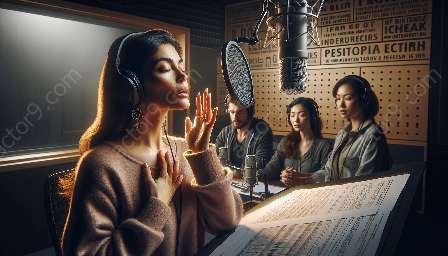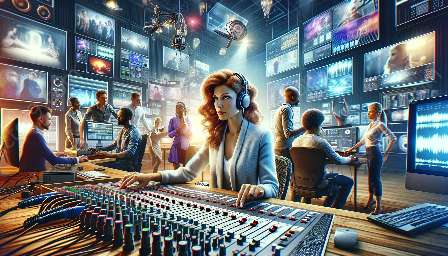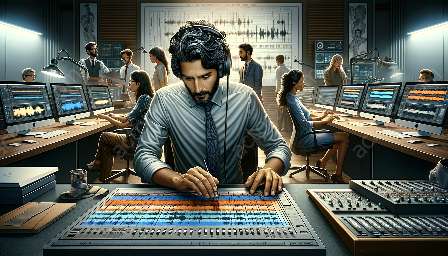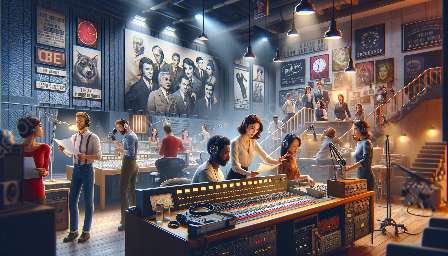Radio drama is an art form that combines storytelling, sound, and music to create immersive experiences for listeners. In the process of radio drama production, effective incorporation of music can elevate the narrative and evoke emotional responses from the audience. This article explores the techniques of editing in radio drama production and how music can be seamlessly integrated to enhance the overall impact.
Editing Techniques in Radio Drama Production
Editing is a crucial aspect of radio drama production, as it shapes the pacing, tone, and atmosphere of the narrative. Here are some essential techniques used:
- Sound Design: Sound effects and ambient sounds are carefully selected and layered to create realistic and immersive environments.
- Dialogue Editing: The process of selecting, organizing, and refining dialogue to ensure clear and impactful communication.
- Pacing and Timing: Editing the timing and rhythm of scenes to maintain the flow and tension of the story.
- Emotional Audio Enhancement: Creating emotional impact through the use of sound and music.
How Music Enhances Radio Drama Editing
Music plays a significant role in setting the mood, conveying emotions, and guiding the audience through the narrative. Here's how music can be effectively incorporated into radio drama editing:
1. Establishing Atmosphere
Music can establish the setting and atmosphere of the story. By carefully selecting and layering ambient music, editors can transport listeners to different time periods, locations, or emotional states.
2. Emphasizing Emotional Moments
During key emotional scenes, music can intensify the impact of the dialogue and sound effects, creating a deeper connection with the audience.
3. Enhancing Transitions
Well-crafted music can smooth the transitions between scenes, guiding the audience through the narrative and maintaining engagement.
4. Supporting Character Development
Distinct musical motifs can be associated with different characters, subtly reinforcing their identities and contributing to the overall characterization.
Integrating Music into the Editing Process
When incorporating music into radio drama editing, several key considerations should be taken into account:
1. Understanding the Narrative Arc
Editors must have a deep understanding of the story's arc and emotional beats to strategically place music for maximum impact.
2. Collaborating with Composers
Working closely with composers and musicians to ensure that the original music aligns with the vision of the production and complements the storytelling.
3. Experimenting with Soundscapes
Exploring various soundscapes and musical genres to find the most suitable and evocative accompaniment for each scene.
4. Embracing Minimalism
Knowing when to utilize silence or minimalistic sound designs to create tension and anticipation, ultimately emphasizing the impact of music at key moments.
Conclusion
Music is a powerful tool in radio drama editing, enriching the storytelling experience and evoking potent emotional responses from listeners. The seamless integration of music, in collaboration with effective editing techniques, can elevate the overall production, creating immersive and captivating narratives. By understanding the impact of music on the editing process and embracing its potential, radio drama producers and editors can craft compelling stories that resonate deeply with their audience.

